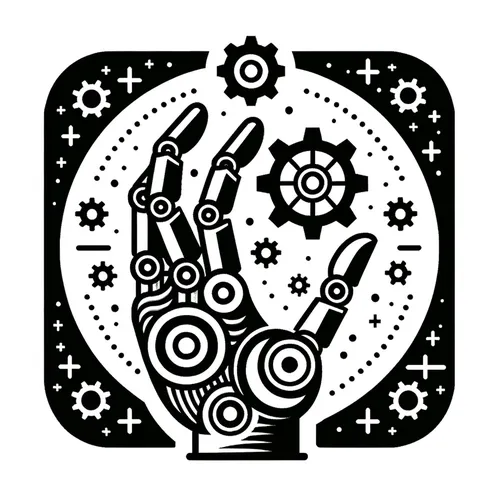Robots Raging! AI Ascending, Humans Holding On
- Author
- Quiet. Please
- Published
- Fri 22 Aug 2025
- Episode Link
- https://www.spreaker.com/episode/robots-raging-ai-ascending-humans-holding-on--67475665
This is you Robotics Industry Insider: AI & Automation News podcast.
Industrial robotics continues to surge as we approach late August 2025, with automation investment gaining steady ground throughout North America. According to recent data from the Association for Advancing Automation, the first half of this year saw robot orders climb by more than four percent and revenue rise over seven percent versus the same period in 2024. The automotive sector has led the charge, posting a thirty-four percent jump in units ordered, though healthy growth is also occurring in electronics, life sciences, and plastics industries. In Q2 alone, life sciences accounted for a twenty-two percent sector bump, with semiconductors and photonics not far behind. This shows how automation is now a pillar far beyond the assembly line, boosting both precision and productivity in everything from pharmaceuticals to next-generation electronics.
On a global scale, the industrial automation market is projected to reach almost one hundred seventy billion dollars this year, surging to roughly four hundred forty-three billion by the year 2035 according to recent industry research. Market drivers include the race to optimize costs and efficiency, the rise of smart factory technologies, and persistent labor shortages. These factors are propelling adoption of collaborative robots, or cobots, which are rapidly transforming workplaces. Cobots work side by side with people, enhancing safety, throughput, and workforce satisfaction. As reported in Robotics and Automation Magazine this month, success in cobot deployment hinges on blending technical integration with transparent, human-aware design—workers feel safer and achieve better output when robots are perceived as partners rather than replacements.
Breakthroughs in artificial intelligence are now accelerating the capabilities of industrial robots. New AI-powered skills assessment tools allow companies to identify workforce gaps and deliver tailored training, making upskilling and reskilling far more precise. Meanwhile, researchers are experimenting with swarm robotics—teams of robots using AI to self-organize for complex manufacturing challenges—especially in aerospace. Technical advances in sensors, motors, and software are also fueling the next wave of humanoid robots designed for safe, adaptive deployment in highly variable environments.
For practical action, listeners should explore partnerships that focus on workforce training and collaborative robot pilot programs. Embracing automation for predictive maintenance and workflow optimization is becoming standard, and investing in AI-powered diagnostics or skills mapping gives firms an edge. Looking ahead, the sector is poised for even faster growth with regional investments, government incentives, and upcoming trade events like iREX in December set to showcase the very latest in robotics.
Thank you for tuning in to Robotics Industry Insider. For more news and expert insights, join us next week. This has been a Quiet Please production. For more, check out Quiet Please Dot A I.
For more http://www.quietplease.ai
Get the best deals https://amzn.to/3ODvOta
